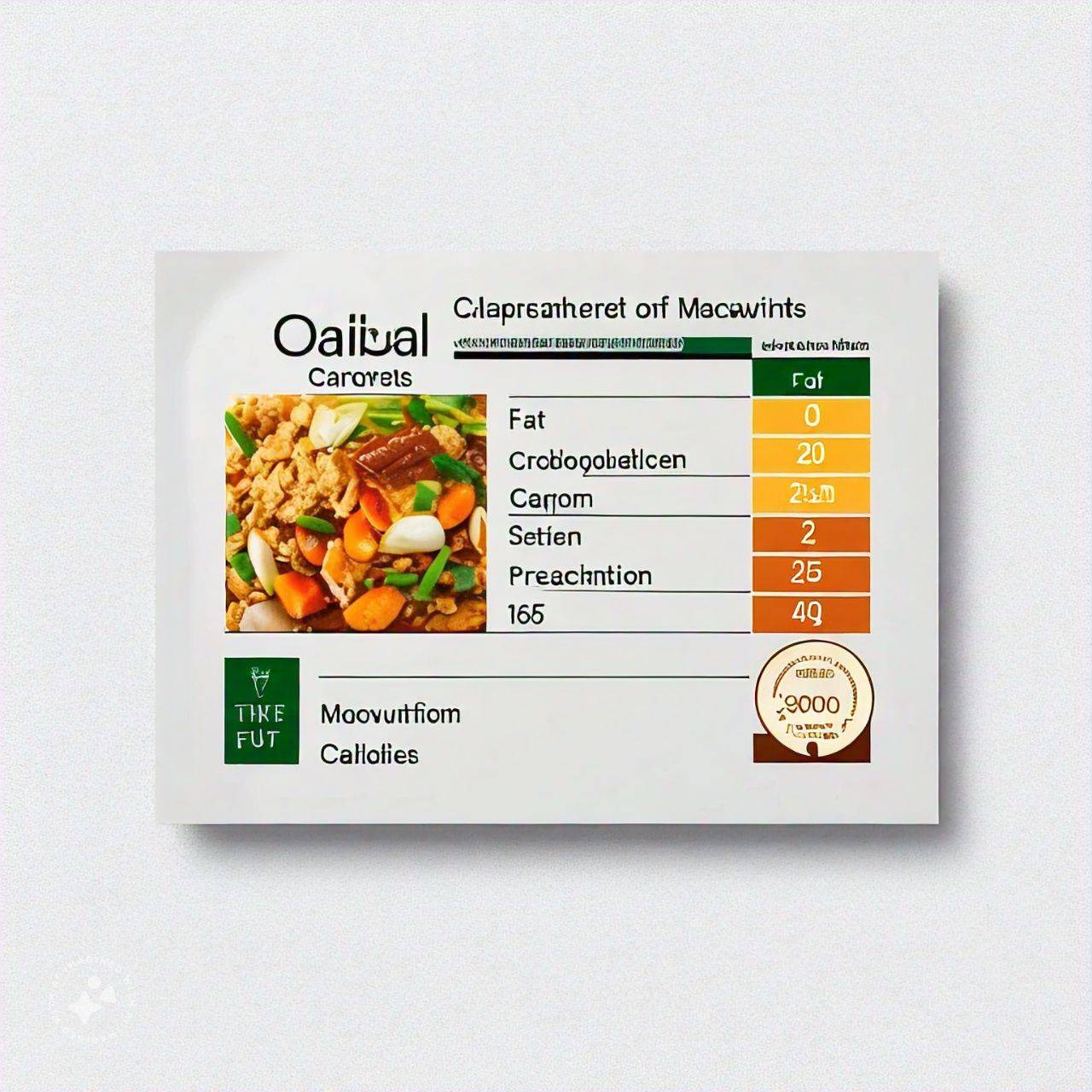Food labels can be confusing, with an overwhelming number of terms, numbers, and percentages that may seem like a foreign language. However, understanding food labels is essential for making healthier choices, managing your diet, and staying informed about what you're putting into your body. This guide will help you break down the key sections of food labels and how to interpret them effectively.
1. Serving Size and Servings Per Container
The Serving Size is usually the first thing listed on a food label. It tells you the standard amount that is typically consumed in one sitting. The Servings Per Container shows how many servings are in the entire package.
Tip: If you eat more than one serving, remember to multiply the nutrients and calories by the number of servings you’re consuming.
2. Calories
Calories indicate the amount of energy you’ll get from one serving of the food. While calorie intake varies by person, understanding the calories per serving can help you control your energy intake and manage weight.
Tip: Aim for nutrient-dense foods that provide vitamins, minerals, and fiber along with calories, rather than empty-calorie foods that are high in sugar and fats but low in essential nutrients.
3. Macronutrients: Fats, Carbohydrates, and Protein
Total Fat includes all types of fat in the product. Look for healthy fats (monounsaturated and polyunsaturated) and limit saturated fats, which should make up less than 10% of your daily calorie intake. Trans fats should ideally be avoided altogether, as they are linked to heart disease.
Total Carbohydrates includes dietary fiber, total sugars, and added sugars. Dietary fiber is beneficial for digestion, so aim for foods high in fiber. Added sugars are those that are not naturally present in the ingredients and should be minimized in your diet.
Protein supports muscle health, immune function, and numerous other body processes. Foods high in protein are generally good choices, especially for people with active lifestyles or those looking to manage hunger.
Tip: Check the “Added Sugars†section to limit foods with high added sugars, and aim for products with more fiber and healthy fats.
4. Percent Daily Values (%DV)
The % Daily Value (%DV) shows how much a nutrient in one serving contributes to a daily diet based on a 2,000-calorie-per-day intake. Use this to understand whether a food is high or low in a particular nutrient:
5% DV or less is considered low
20% DV or more is considered high
For example, if a food contains 25% DV of calcium, it’s high in calcium, providing a substantial portion of your daily need in one serving.
Tip: Aim for high %DV of fiber, vitamins, and minerals, and low %DV of saturated fat, added sugars, and sodium.
5. Key Nutrients to Look For
Certain nutrients are crucial for maintaining a balanced diet, so keep an eye on these:
Fiber: Look for foods high in fiber (20% DV or more) to support digestive health.
Vitamins and Minerals: Vitamins like A, C, and D, and minerals like calcium, iron, and potassium are important for immunity, bone health, and more.
Sodium: High sodium can lead


